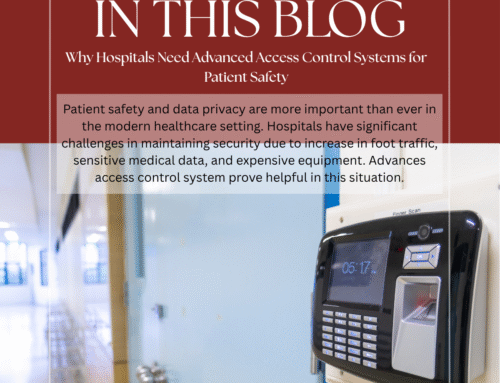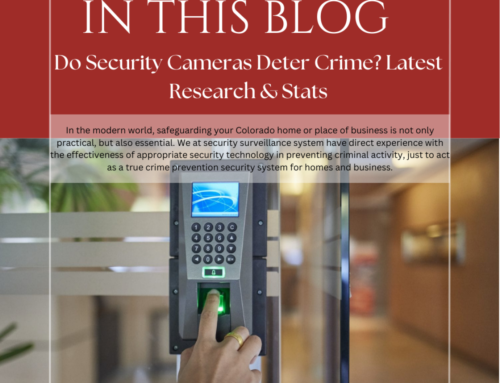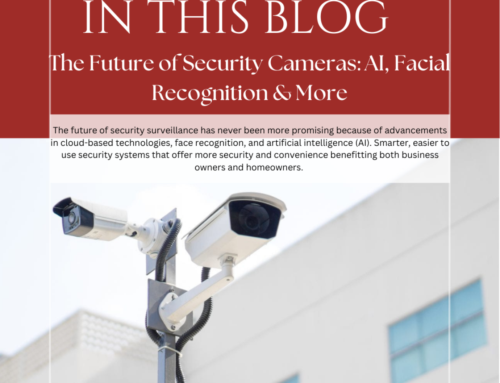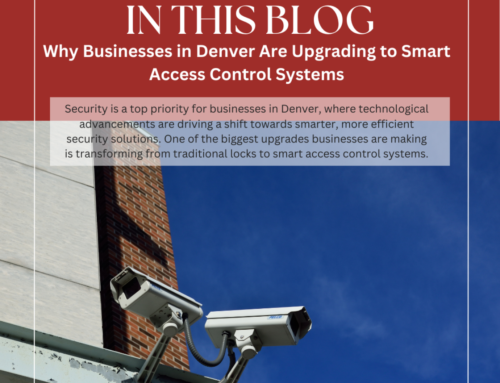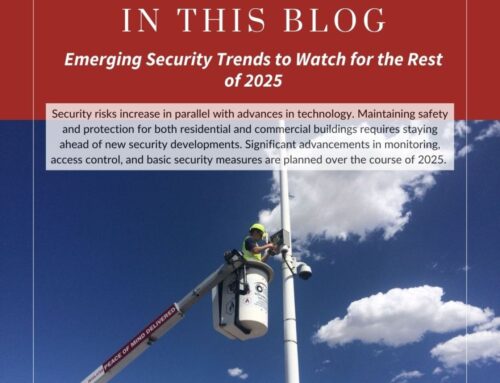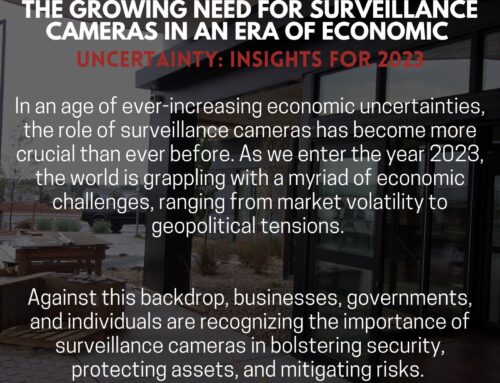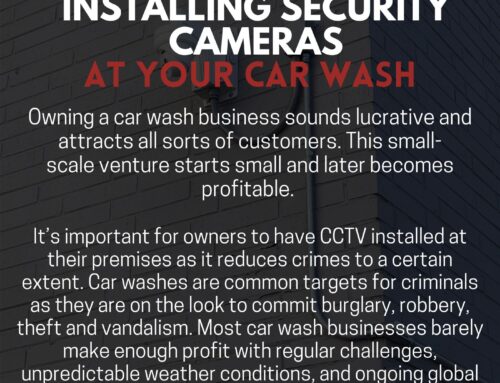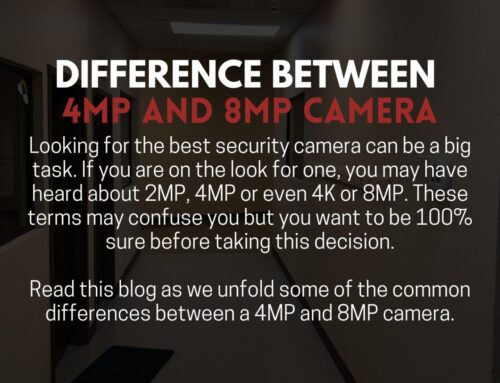Surveillance System Maintenance
Surveillance System Maintenance
- Check Connections – Tighten connections where each security camera attaches to the cable as well as where the cable feeds into the DVR to make sure that they have not come loose or become brittle. Loose connections are one of the most common causes of image loss.
- Check the Power Supply – If your system is an older one, inspect the power supply on each camera as well as the DVR power supply and surge protector (if you are using one) for defects overheating and or exposed wires. On older camera power supply boxes, you may find individual fuses that can occasionally burn out. Newer systems are fuse free and have a re-settable power supply. (Similar to a hair dryer) Also newer cameras often times have the power run through the same cable that feeds into the DVR. In this case again just look for exposed wires, or any defects in the rubber housing that covers the cables. If your cameras are the older type, this is a good time to inquire about upgrading your system.
- Clean out dust & Debris – Often times dust accumulates in the most inconvenient places including on the lens of your surveillance cameras. Dust on the camera lens can distort the image, or simply make it hazy and difficult to see. The solution? Take out a duster and gently wipe the lens clean periodically to keep dust from causing problems. Dust can also build up in the housing of your DVR and lock box if you use one. From time to time just like your computer or laptop you want to get in there and blow out the dust to make sure that all the fans and motors that keep your DVR running are moving properly and the fans continue cooling like they are supposed to. One of the most common Service calls we get is the DVR/NVR overheating and that most often is because the fan is not working properly and needs to be cleaned or replaced.
- Inspect Outdoor Cameras – If you have outdoor cameras, check the weatherproof housing for dirt and debris build up. Check the seals and the bushings that make it weather-tight to ensure they aren’t dry or cracked, if they are or if it seems don’t fit correctly, look into replacing the housing. Damaged seals will allow moisture and humidity into the camera, causing damage. Wipe the seal down with a dry cloth if it looks dirty. Again inspect the cables just like your indoor cameras only with outside cables you also have to look for damage done by pests like squirrels, birds, rodents and bugs.
- Reboot Your System – Like any computer-based system, most surveillance systems benefit from a regular reboot to allow the system to cool down. Reboots also provide the opportunity for your system to install firmware updates and restart in order for those changes to take effect.
CCTV systems don’t require a lot of routine maintenance although these few simple steps can help prolong the life of your surveillance system with very little effort on your part and can save you money in the long run when you don’t have to pay someone to come out and repair or replace your equipment. We recommend taking these steps at least every few months if not more regularly to ensure continuous coverage and a long lasting system
Latest Articles
Other Topics
4G (1)
4G Modem (1)
4K (2)
8K cameras (1)
Access Control (4)
Access Points (1)
Alarm (6)
AT&T (2)
Audio and Intercom (2)
Camera Interference (2)
case study (8)
Colorado's Premier Security Surveillance System (2)
Commercial Security Surveillance (6)
Cost Savings (2)
Crime Prevention (9)
Day & Night camera (26)
Digital Signals (1)
DVR (3)
Economical (2)
Experts (2)
Fiber Optics (1)
Fiber Optics Cabling (1)
Guides (1)
HD Cameras (26)
IP Camera (3)
IP cameras (29)
LAN (1)
Less Expensive (1)
Light Speed (1)
Local Area Network (1)
Local Fiber Optics Experts (1)
Money Savings (4)
Networking (2)
News (50)
NVR (2)
Peace of mind delivered. (4)
POS (1)
security cameras (41)
Security Surveillance (50)
Security Surveillance System (36)
Space Utilization Effectiveness (1)
SSS (15)
Uncategorized (14)
Video Analytics (1)
Wireless Cameras (20)

